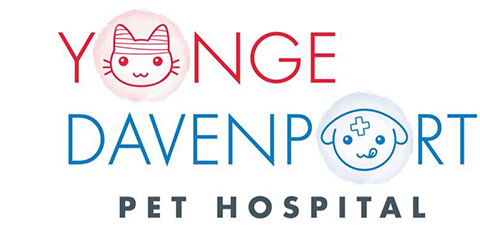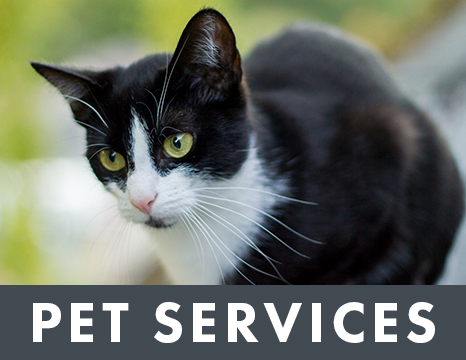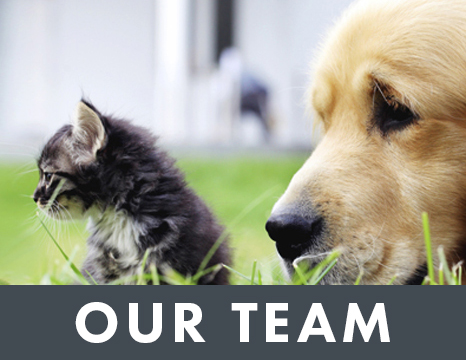Library
-
Some cats that appear to be perfectly comfortable resting in a lap can suddenly turn around, bite, and run away. There are ways to reduce the likelihood that your cat will bite you. Treatment will depend on the specific reason for the behavior.
-
Scratching is normal feline behavior. Cats use their claws to mark territory, climb to safety, hunt prey, and stretch their bodies, among other important routine behaviors. Cats that live primarily or exclusively indoors are still inclined to claw prominent objects and do not discriminate based on an object’s personal value, which may be undesirable to their owners. Providing multiple appropriate scratching surfaces that suit your cat's preferences and using positive reinforcement when your cat scratches these provided surfaces can be helpful. If you notice changes in your cat’s pattern of scratching, check with your veterinarian. Your cat may be experiencing pain or another health condition. Next, a behavioral consultation may be needed to identify the underlying behavioral condition and to find an appropriate treatment.
-
Cats vocalize to communicate. Vocalizing can be problematic when it interferes with people’s sleep. Often, the behavior develops due to unintentional reinforcement. Since vocalization can also reflect underlying illness, particularly if it is a new behavior, both a medical exam and a behavioral work-up are needed. Providing adequate social and environmental enrichment while discontinuing reinforcement can resolve the problem.
-
The birth of a baby or the adoption of a new child can be associated with both excitement and stress. It is important to prepare your pet for the new addition. Before the baby arrives, introduce novel sounds and scents, and be sure your pet has access to safe resting spaces. Socialize your young pet to children from the start. Children should be directly supervised by an adult when they interact with pets.
-
Cats were once considered solitary creatures. We now know that they are, in fact, social animals who benefit from interaction with their own and other species. However, not all cats are social with other cats. The personality of each cat must factor into the decision to introduce a new cat to your home.
-
Dexmedetomidine is a sedative/tranquilizer used primarily in cats and dogs as a pre-medication injection for anesthesia or for chemical restraint. It is also used orally in dogs for short-term anxiety management. The most common side effect is a low heart rate. Dexmedetomidine should not be used in patients with severe heart liver or kidney disease. It should be used cautiously in young, old, or weak animals. Consult your veterinary office immediately if you suspect a negative reaction or overdose.
-
Many veterinarians, including nutritionists and behaviorists, believe it is important for dogs and cats to express their natural foraging and hunting behaviors. For pets living indoors, this can be difficult, and the lack of this stimulation can sometimes lead to behavior problems. Enriching a pet's environment with food toys and puzzles at mealtimes can fulfill the need to forage. The use of toys, puzzles and other novel methods of food delivery can also be effective ways to increase daily movement in overweight or inactive pets.
-
The estrous cycle, better known as a female cat's heat cycle, consists of several stages; the stage called estrus refers to when the female is sexually receptive. This handout explains the age of onset, the clinical signs of a cat in heat, the length and phases of the heat cycle, as well as the benefits of spaying a female before her first heat cycle.
-
Losing weight can be difficult. While feeding a prescription weight loss diet is certainly a good start in a weight loss program for your cat, it is important to remember that food intake is only one part of the problem; energy expenditure is also significant. Encouraging your cat to exercise by playing with him, putting his food in unusual places so he has to look for it, and making him work for his food (e.g., training, foraging toys) will help.
-
Obesity occurs when a cat consumes more calories than they expend. Therefore, managing obesity in cats often requires both dietary changes and increased exercise/activity. There are several methods for increasing activity in cats, including play, using cat trees and climbing structures, outdoor enclosures, and intentional, active feeding practices. Each of these can be beneficial in promoting weight loss.





